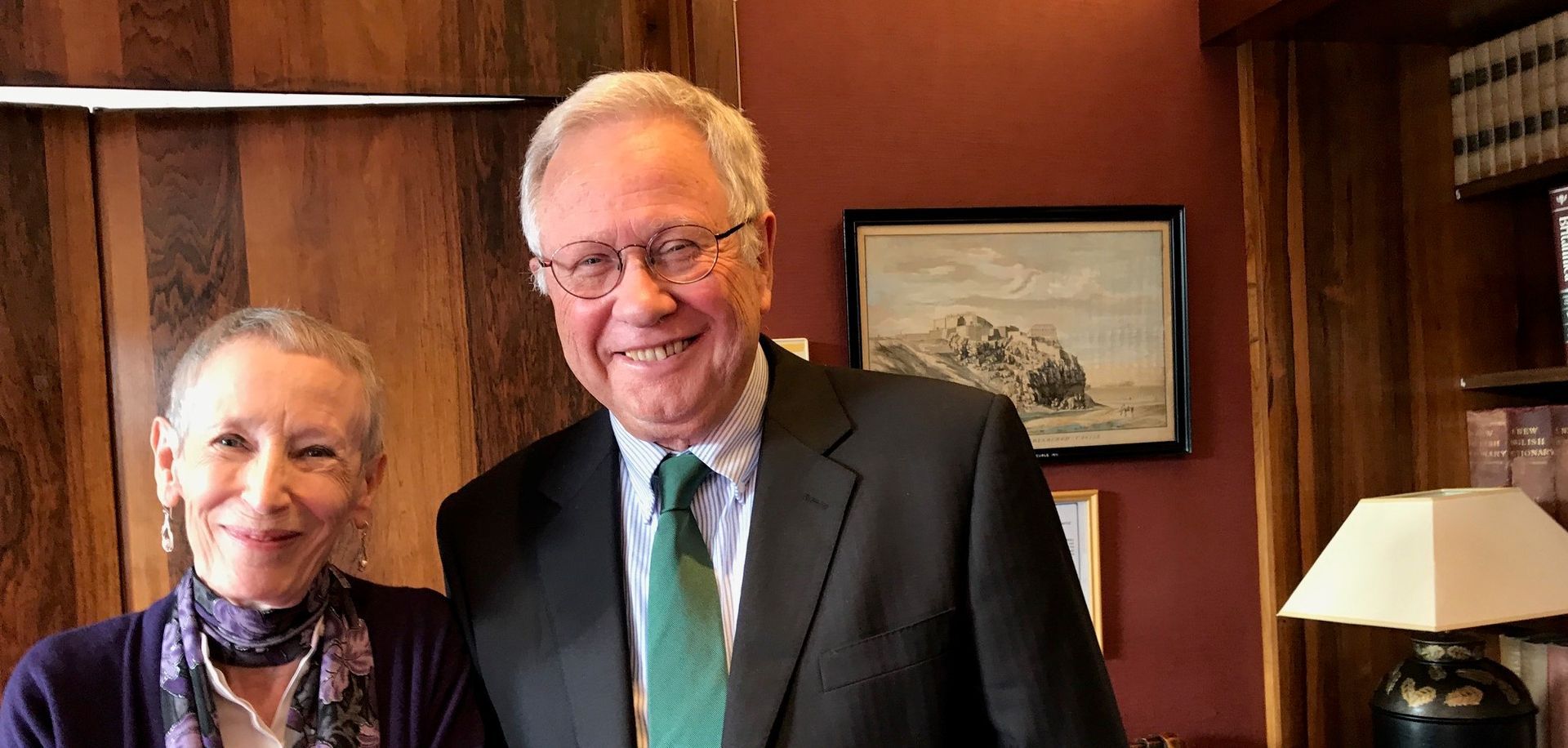A Colloquium on The Bride of Lammermoor
Sunday 3rd August 2014
Summary of the Talks:
Eileen Dunlop’s Talk: Themes, Characters, and the Supernatural
Eileen explored The Bride of Lammermoor through the lens of its characters, setting, and supernatural elements, identifying four main aspects that contribute to its tragic and unsettling nature:
- Character Interaction – The novel’s depth of tragedy stems from its complex characters:
- Edgar Ravenswood – A romantic hero, proud but honourable, torn between duty and love.
- Lucy Ashton – A passive yet tragic figure, trapped by her mother’s manipulations.
- Sir William Ashton – A pragmatic and insecure politician who is both an opportunist and a loving father.
- Lady Ashton – The novel’s true villain, cold and manipulative, willing to destroy her own daughter to maintain power.
- Frank Hayston of Bucklaw – An unwitting pawn in the tragic tale, deceived into a doomed marriage.
2. Landscape as a Character – Scott’s use of bleak coastal cliffs, dark forests, and ruined castles adds an atmosphere of foreboding and reflects the characters’ doomed fates.
3. Supernatural Elements – Though often grouped with Gothic novels, Scott’s supernatural elements are more psychological than literal:
- Witches and prophecy – Blind Alice and Ailsie Gourlay embody supernatural beliefs that shape characters’ actions.
- Symbols and omens – The bull (Ravenswood’s family emblem) killed by Edgar, and the raven drenched in blood, hint at impending doom.
- Predestination vs. Free Will – The novel raises the question of whether fate is inescapable or if tragedy is a result of human stubbornness and societal forces.
Dunlop compared The Bride of Lammermoor to Romeo and Juliet, noting that while both involve doomed young lovers, Scott’s novel is more about social constraints, historical conflicts, and personal pride than mere youthful passion.
Prof. Peter Garside’s Talk: Historical and Political Context
Garside argued that, despite its domestic focus, The Bride of Lammermoor is deeply political and can be read as Scott’s "Union novel," reflecting Scotland’s struggles with the Act of Union (1707). He made several key points:
- The Political Setting – The original 1819 text places the novel in the years leading to the Union of 1707, before Scott revised it in 1830 to imply a post-Union setting.
- Edgar Ravenswood’s legal battle mirrors Scottish appeals against English dominance.
- The Scottish Estates in the 1819 version were changed to the House of Lords in the later edition, shifting the political implications.
2. Character Parallels with Historical Figures – Garside suggested that Scott modelled key characters on real political figures involved in the Union:
- Sir William Ashton resembles John Dalrymple, the 1st Earl of Stair, a key architect of the Union.
- The Marquis of A— represents the Duke of Atholl, a strong opponent of English dominance.
- Lady Ashton embodies the ruthless political scheming of Queen Anne’s court and the Duke of Queensberry.
3. Marriage as a Metaphor for Union – The novel’s two prospective marriages reflect different models of Scottish-English relations:
- Lucy and Ravenswood – A federal union, where old traditions and new politics might coexist (but ultimately fails).
- Lucy and Bucklaw – A forced, destructive union, paralleling the way many Scots viewed the Act of Union.
4. Scott’s Changing View on the Union – By the time Scott revised the novel for the Magnum Opus edition (1830), he softened its critique of the Union, likely due to his political affiliations and concerns about British stability.
Key Takeaways:
The Bride of Lammermoor is more than a tragic romance; it is a critique of political and social upheaval.
Scott questions fate vs. free will, using supernatural elements to create tension but ultimately showing human ambition, pride, and manipulation as the true sources of tragedy.
The novel can be read as a political allegory about the Act of Union (1707), with its doomed marriages symbolising Scotland’s uneasy relationship with England.
This colloquium provided a rich analysis of Scott’s novel, linking its psychological depth to its historical and political context.
Download the [transcript]

Download the [transcript]


